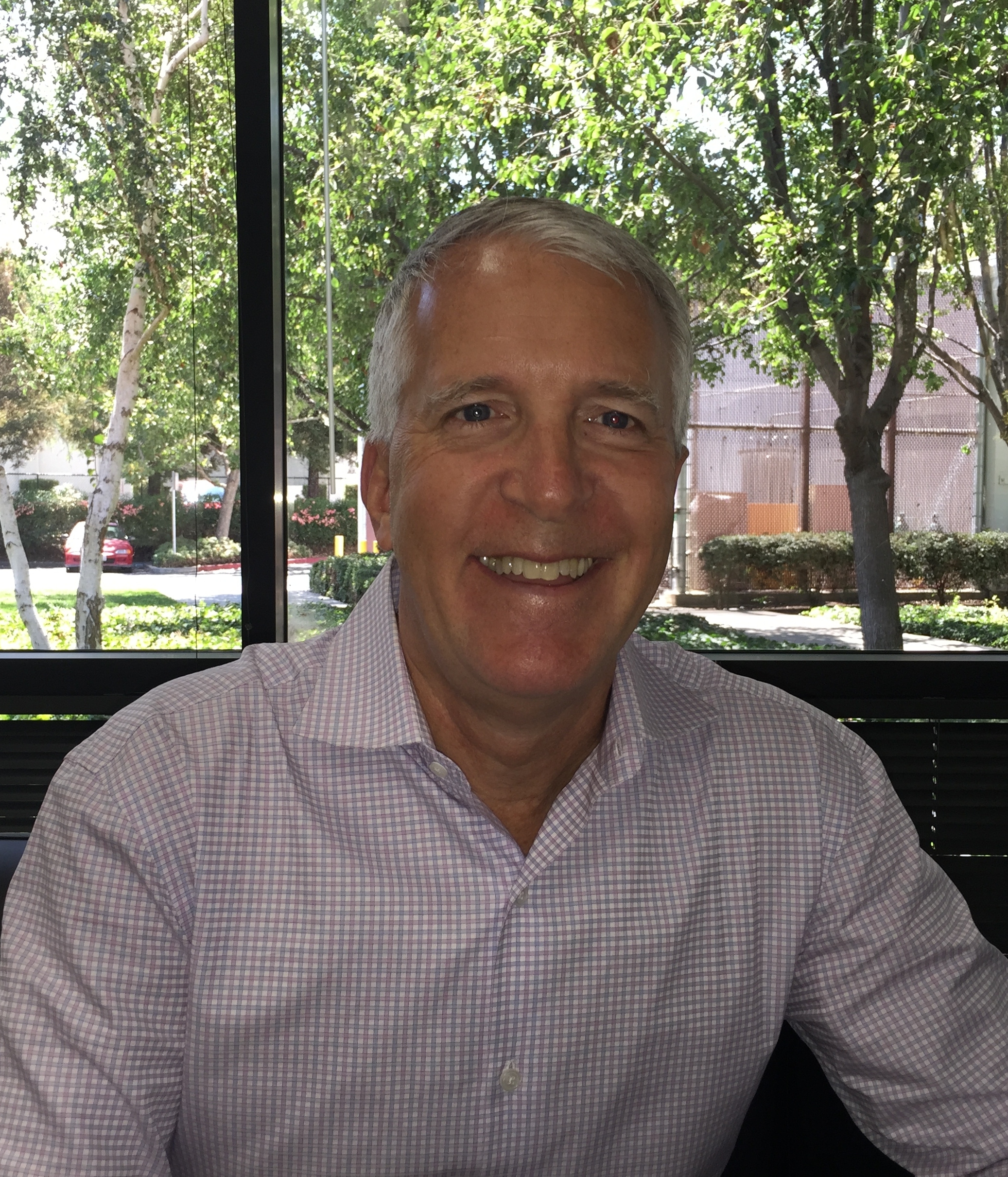Terry Duesterhoeft, President & CEO, A&D Medical, provides insight on several key industry trends for Parks Associates’ 11th-annual CONNECTIONS™ Summit conference, which will be held January 5 at CES 2017 in Las Vegas:
What is the most important next step to engage consumers in smart home solutions, connected entertainment services, and/or value-added services like tech support and connected health?
For consumer engagement to occur in full, there needs to be a very clear demonstration of the  value of connected health through improved outcomes; improved motivation and awareness; and cost savings.
value of connected health through improved outcomes; improved motivation and awareness; and cost savings.
Demonstrating the value of a technology-centric, home-based ecosystem is not something that can be done overnight, and the change needs to occur at all levels of the healthcare continuum – from patients to pharmacists to physicians to other healthcare providers and even to health and wellness related retailers.
One of the ways A&D medical is committed to continuing to demonstrate the value inherent in connected health is through communication with the groups involved – from patients to healthcare providers to organizations such as the FDA or the American Heart Association. This cross-segment dialogue ensures that new or developing solutions are structured around what all groups find valuable – addressing the real-world pain points for all facets of the care continuum.
What changes do you expect to take place in the next year in the smart home and connected consumer markets?
We expect to see a greater incorporation around the concept of “big data” – the topic du jour of many a health IT conversation, article and think tank debate.
That said, wherever people fall in terms of their speculative theories about big data, the general consensus is that mass quantities of data are, at the end of the day, simply mass quantities of numbers: They don’t mean much unless they are underpinned by analytical structure and have context.
The applications with potential in our brave new data-centric world – and there are any number of them currently available – have the capability to turn those mass quantities of data from biometric sensors and devices into usable (and by that I mean predictive and actionable) information, while also automating the feedback, call to action, or information provided to the individual.
In terms of what we might see in the future and based on the current capability of applications to aggregate data in an impactful way, I anticipate increases in the amount of biometric information which can be generated by wearable sensors. This is likely to be the biggest impact of connected health - big data and predictive, personalized health.
What is the biggest driver for the connected consumer market?
If you take a close look at the historical tech landscape of 40 or even 30 years, the latest technology was originally driven from the military and then it was the enterprise level – but all that has changed and consumers are now in the driver’s seat.
Consumers now get the newest technology before it reaches the organizational level, which has become the catalyst for IT companies to rapidly develop and deploy new health IT products and services to a highly tech-savvy consumer base that is committed to long-term health and wellness.
What are the biggest technology innovations impacting the connected home market?
Based on the uptick we have seen throughout the health IT space around the move to more consumer-centric devices, wearables and health apps, I anticipate that in the near future, the ability to have a personal, mobile health ecosystem as the central management of an individual’s health, driven by and around the consumer, will become the industry’s modus operandi. In that environment, where devices and applications work together, we will see overall technology costs come down and utility go up.
If we look at how mobile technology has impacted what we do in everyday life and the resulting impact on individual productivity, we can extrapolate how the same changes could be applied to the management of connected health in the home. Technology has morphed very quickly to allow people to manage the environment of their homes: from a thousand miles away, you can now use a mobile app to check to make sure the doors of your home are locked, the lights are off (or on) and the temperature is set to a cost-effective degree range.
And we are now seeing the same flexibility from some applications and devices with regards to health. For example, from the space of a connected home or outside of it, a consumer can now climb on his or her scale to get their weight and use a monitor to take their blood pressure, aggregate that data on an app on their phone, track and trend the data points to ensure the salty cruise food is not impacting their hypertension or chronic heart failure (CHF) condition, and if concerned – upload the data to an online healthcare portal to have their results reviewed by their care provider.
That seems space-age advanced at this point in time – but all the technology and apps currently exist. In the next five years, we will see that type of connected health management become the norm. The drivers for this will be the ease of use of the ecosystems; the emerging clarity of its value; and easy integration between personal and professional health management.
Duesterhoeft will speak on the session “The Role of Connected Health Services in the Smart Home” on January 5 at 11:45 a.m. Other speakers on the panel include Philips, Alarm.com, Independa, and Care Angel.
For more information on CONNECTIONS™ Summit, visit www.connectionssummit.com or register by clicking here.


